2024's Critical B2B SaaS Benchmarks: Outperform Your Competitors
In the fast-paced world of B2B SaaS, staying ahead means staying informed. As we navigate through 2024, understanding the latest benchmarks is extremely important for your success. These benchmarks will guide your decisions and strategies in an ever-evolving market.
Why Do B2B SaaS Benchmarks Matter in 2024?
They provide you with valuable data about industry standards, helping you check your performance against competitors. This will enable you to identify areas for improvement and capitalize on opportunities for growth.
In this comprehensive guide on B2B SaaS benchmarks for 2024. We'll explore spending patterns, key performance indicators, and best practices across various company sizes and funding models. Whether you're running a bootstrapped startup or managing an established, equity-backed enterprise, you'll find valuable data to drive your business forward.
If you want to track your SaaS business's growth and success, make sure to know these key SaaS metrics to gain valuable insights and optimize your strategy.
From overall spending benchmarks to department-specific metrics, we've got you covered. You'll learn how top-performing companies allocate their resources and what sets them apart. We'll also break down essential metrics for marketing, sales, and overall company health, giving you a comprehensive toolkit for success.
Ready to optimize your B2B SaaS strategy for 2024? Let's get started:
1. High-Level Metrics: Your Company's Vital Signs
These metrics give you a broad view of your company's health:
1. Annual Recurring Revenue Growth
Annual Recurring Revenue (ARR) growth shows how much your predictable revenue grows every year. It's a critical indicator of your company's success and potential.
2. Burn Multiple
This metric reveals how efficiently you're using capital to generate new ARR. It's particularly important for startups, where costs often exceed revenue in the early years.
3. CAC Payback
CAC or Customer Acquisition Cost payback determines how fast you recover the cost of acquiring an user. A lower CAC payback allows for faster scaling while maintaining profitability.
2. Marketing-Focused Metrics: Optimizing Your Outreach
These benchmarks help you track and improve your marketing efforts:
1. CAC (Customer Acquisition Cost)
CAC shows how much you spend to gain a new customer. Ideally, you should kee this cost low is crucial for sustainable growth.
2. Lead-to-Customer Conversion Rate
This metric reveals how effectively you turn leads into paying customers. A higher rate indicates more efficient marketing and sales processes.
3. Website Traffic-to-Lead Ratio
This benchmark helps you understand how well your website converts visitors into potential customers.
3. Sales-Focused Metrics: Turning Leads into Revenue
These metrics reflect your sales team's ability to close deals and generate revenue:
1. Average Sales Cycle Length
This measures the time it takes to convert a lead into a customer. Shorter cycles generally indicate a more efficient sales process.
2. Average Deal Size
Understanding your typical deal size helps in forecasting and resource allocation.
3. Sales Qualified Lead (SQL) to Customer Conversion Rate
This metric shows how effectively your sales team converts qualified leads into paying customers.
By focusing on these key B2B SaaS benchmarks, you'll gain valuable insights into your company's performance. Remember, these metrics work together to paint a comprehensive picture of your business's health and growth potential.
To stay competitive in the ever-evolving SaaS landscape, discover the latest SaaS trends and align your strategies with current market demands.
If you want to ensure your SaaS product meets market needs before launching, learn how to validate your SaaS idea and save time and resources
B2B SaaS Benchmarks: Marketing and Sales Metrics That Matter
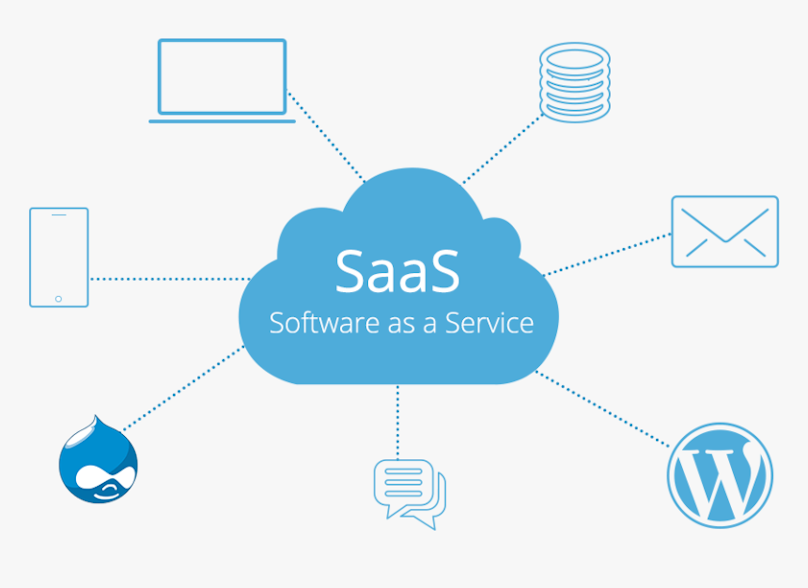
As a UX design agency, you know the importance of data-driven decisions. Let's dive into the key marketing and sales benchmarks that can help you optimize your B2B SaaS performance.
These benchmarks help you analyze and boost your marketing efforts:
1. Marketing Campaign ROI
This metric shows the success of your marketing investments. It's one of the most effective measures of your campaigns' effectiveness.
2. CPL (Cost Per Lead)
CPL gauges how efficiently you're generating leads. While easier to measure than ROI, it doesn't account for the actual revenue these leads represent.
3. Organic Traffic
Traffic from unpaid searches can help you predict future leads. It's key for sustainable lead generation, often yielding higher ROI than paid channels.
4. Lead Conversion Rate
This metric reflects how well your website captures attention and encourages conversions. For SaaS, this often includes demo downloads and contact form submissions.
5. MQL Conversion Rate
If your marketing efforts attract the right audience of potential customers, your MQL Conversion Rate will be high.
Sales Metrics: Closing Deals and Driving Revenue
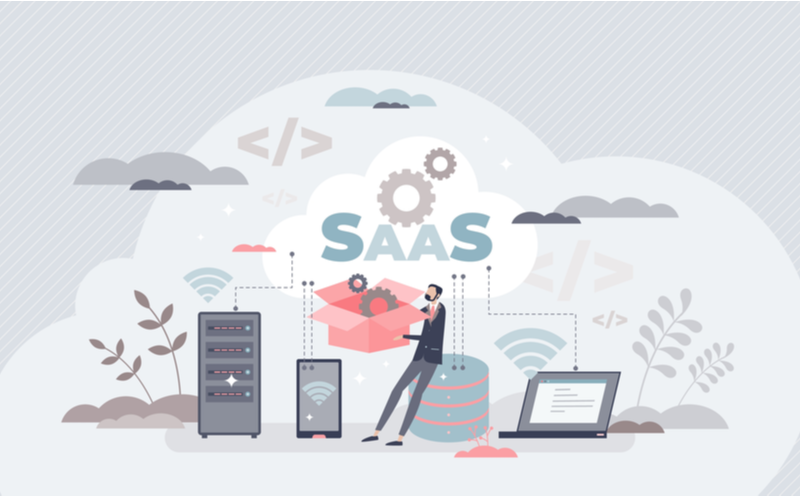
These benchmarks focus on the later stages of your sales funnel:
1. CAC (Customer Acquisition Cost)
CAC (Customer Acquisition Cost) calculates the expenditure needed to gain a new customer. Maintaining a low CAC is essential for sustainable growth.
2. LTV to CAC Ratio
This ratio helps ensure that your investment in sales and marketing is in line with the actual returns. It's particularly vital for high-value customers, who may have a longer conversion time.
3. Pipeline Velocity
This metric indicates the speed at which leads progress through your sales funnel. A rapid pipeline suggests successful lead nurturing and an efficient sales process.
4. Lead to Win Rate
Your win rate reflects both your sales team's success and your marketing team's targeting accuracy.
5. Upsell/Cross-Sell Rate
This metric speaks to customer satisfaction and the relevance of your other offerings to existing customers.
6. Annual Churn
Churn rate tracks the percentage of customers lost over a specific timeframe. Minimizing churn is crucial for long-term success, particularly in smaller markets.
Overall Spending Benchmarks 2024: Bootstrapped vs. Equity-Backed
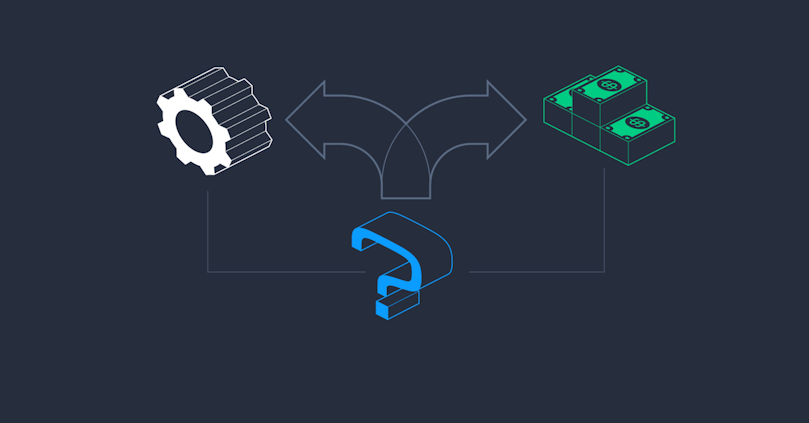
The survey reveals a significant difference in spending patterns between bootstrapped and equity-backed companies:
Bootstrapped companies spend a median of 93% of their ‘ARR’ or Annual Recurring Revenue
Equity-backed companies spend a median of 109% of their ARR
This data shows that equity-backed companies are likely to operate at a loss, investing heavily in growth.
Profitability:
The spending differences directly impact profitability:
79% of bootstrapped businesses are breaking even or profitable
Just 37% of equity-backed companies achieve breakeven or profitability
In other words:
21% bootstrapped companies operate at a loss
63% of equity-backed companies operate at a loss
These numbers highlight the different growth strategies at play in the B2B SaaS world. Bootstrapped companies often prioritize profitability, while equity-backed firms may focus on rapid growth at the expense of short-term profits.
What These B2B SaaS Benchmarks Mean for You?
1. Evaluate your spending:
Compare your department allocations to these benchmarks
2. Identify optimization opportunities:
Look for areas where you might be over or underspending
3. Plan strategically:
Use these insights to inform your budgeting and resource allocation
While benchmarks are useful guides, your specific business needs should drive your spending decisions. Consider factors like your growth stage, market position, and unique value proposition when applying these insights to your B2B SaaS company.
Breaking Down B2B SaaS Spending: Department-by-Department Insights
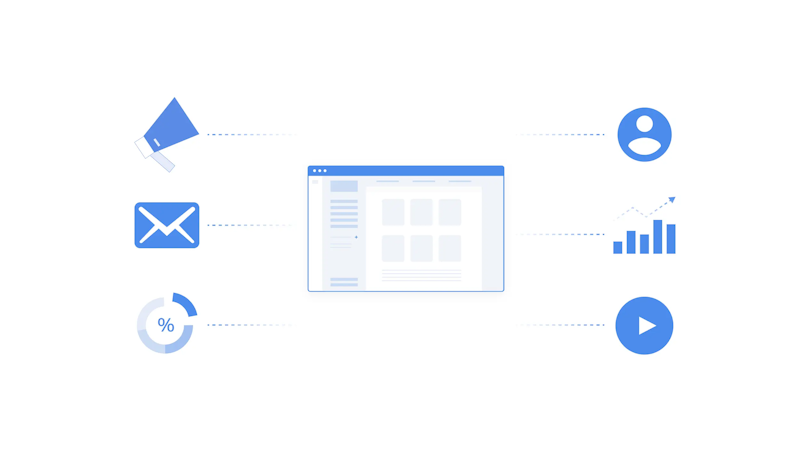
Let's explore the latest department-specific benchmarks from SaaS Capital's 2024 survey.
1. Sales and Marketing
Sales spending: 10.5% of ARR (down from 15% last year)
Marketing spending: 8% of ARR (down from 10% last year)
These decreases might indicate improved efficiency or a shift in strategies. You may want to evaluate your own sales and marketing spending to ensure you're staying competitive.
2. Customer-Focused Departments
Customer support and success: 8.5% of ARR (down from 10%)
This slight decrease could reflect improved product usability or more efficient support processes.
3. Technology and Infrastructure
Hosting: 5% of ARR (unchanged)
DevOps: 4% of ARR (unchanged)
The stability in these areas suggests consistent investment in technical infrastructure.
4. Services and Other Costs
Professional Services Cost of Goods Sold (CoGS): 4% of ARR (unchanged)
Other CoGS: 2% of ARR (unchanged)
These steady figures indicate stable operational costs for service delivery.
5. Innovation and Administration
Research and Development: 18% of ARR (down from 24%)
General and Administrative: 11% of ARR (down from 15%)
The significant decreases in R&D and G&A spending are noteworthy. This could signal a shift towards efficiency or a maturing SaaS landscape.
For SaaS startups aiming to create an intuitive and engaging product, explore these essential UX design principles to enhance user satisfaction and retention.
Funding and Growth: How They Shape B2B SaaS Spending
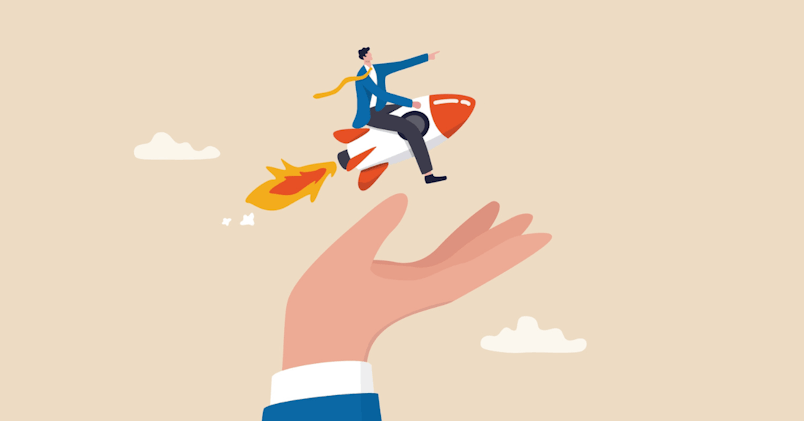
Understanding how funding impacts spending patterns is crucial for B2B SaaS companies. Here are the key differences between bootstrapped and equity-backed companies, and how growth rates influence spending.
Bootstrapped vs. Equity-Backed: The Spending Gap
Equity-backed companies typically spend more across the board:
90% increase in sales
58% boost in marketing and research & development
82% rise in administrative and general expenses
18% growth in customer success
This increased spending aligns with the higher median growth rates:
Bootstrapped companies: 25% annual growth
Equity-backed companies: 30% annual growth
Why the Spending Difference?
1. Growth Focus: Equity-backed companies often prioritize rapid expansion over immediate profitability.
2. Investor Requirements: Higher administrative costs may result from investor reporting and board meetings.
3. Resource Availability: Access to more capital allows for increased investment in key areas.
If reducing customer churn is a priority for your SaaS business, learn effective strategies to manage and minimize SaaS churn and enhance customer retention.
Growth Rate Impact on Spending
The relationship between growth and spending varies:
Bootstrapped Companies:
Lower-growth companies spend over 20% on their marketing
Other spending differences are subtle
Equity-Backed Companies:
Higher-growth companies spend over 30% on their marketing
Higher-growth companies invest 15% more in R&D
Spending Benchmarks by Company Size
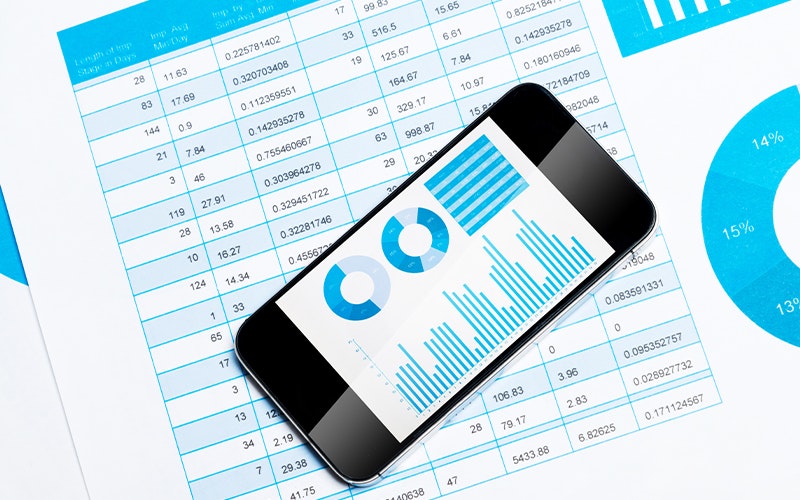
Your ARR level also influences spending patterns. Here's an example for companies with $3-5 Million ARR:
Hosting: 5% of ARR
Pro Services CoGS: 3% of ARR
DevOps: 3% of ARR
Other CoGS: 1% of ARR
Sales: 15% of ARR
Customer Support/Success: 10% of ARR
Marketing: 10% of ARR
General and Administrative: 19% of ARR
R&D: 25% of ARR
Key Takeaways for Your B2B SaaS Company
1. Align spending with your funding model:
Understand typical spending patterns for your funding approach.
2. Focus on growth drivers:
Identify areas where increased spending correlates with higher growth.
3. Benchmark against your size:
Compare your spending to companies with similar ARR levels.
4. Stay flexible:
Be prepared to adjust your spending strategy as your company grows and the funding situation evolves.
Wrapping Up
By focusing on these key B2B SaaS benchmarks, you're positioning your company for success in 2024 and beyond. Stay agile, keep learning, and don't be afraid to challenge the status quo. Your next big breakthrough might just come from zigging when others zag.
In the world of B2B SaaS, knowledge is power. Use these benchmarks as your guide, but let your vision and innovation be the driving force behind your success. Here's to a prosperous and groundbreaking 2024 for your B2B SaaS venture!
FAQs
1. What's considered a good conversion rate for B2B SaaS?
For B2B SaaS, the average lead-to-customer conversion rate typically ranges from 1% to 5%. This can vary based on factors like lead quality and nurturing effectiveness. Conversion rates above 5% are considered high-performing, indicating an efficient lead generation and nurturing process.
2. What's a healthy churn rate for B2B SaaS?
For established, enterprise-focused SaaS companies, an annual churn rate of 5-7% is a good benchmark. Early-stage companies or those targeting SMBs should expect higher churn, around 5% per month.
3. Which sales metrics are crucial for SaaS B2B businesses?
Key SaaS B2B sales metrics include lead velocity rate (LVR), conversion rate, monthly recurring revenue, customer lifetime value (LTV), cumulative cohort revenue (CCR), customer churn rate, lead-to-close rate, and customer acquisition cost.
4. How should I approach pricing for my B2B SaaS product?
B2B SaaS pricing depends on various factors including your customer base, target market, and the product itself. It's best to regularly review and adjust your pricing strategy based on your company's evolving needs.
5. What's the method for calculating CAC in B2B SaaS?
Customer Acquisition Cost (CAC) in B2B SaaS is typically calculated by dividing the total cost of sales and marketing by the number of customers acquired. This includes all marketing and sales costs, such as salaries, tools, and spend.





